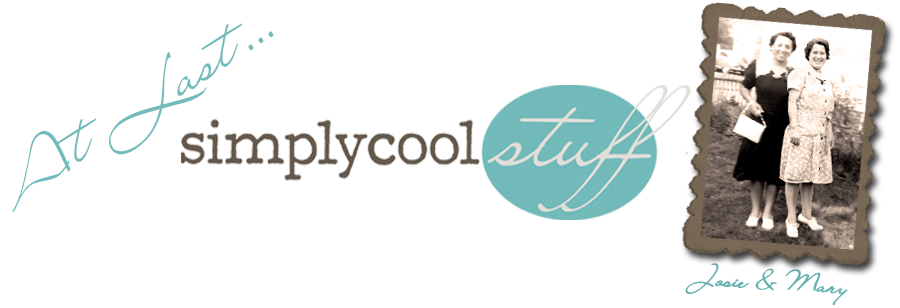



Quartz or Silicon dioxide - the second most abundant mineral on earth (after feldspar) is the basis of silicate, the primary ingredient in glass. Glass is believed to be created by the Egyptians during the Bronze Age, 3000 BC. Glass beads similar in form to modern day mosaics were discovered in Alexandria, dating to the Ptolemaic period, 300 BC. Glass blowing is believed to be a creation from Syria during the 1st BC. It was Venice during the 15th C that unveiled the first clear glass known as cristallo. In 1675 glassmaker George Ravenscroft invented lead crystal by adding lead oxide to Venetian glass. Mold blown glass was in vogue from 1820 through 1850. Flint glass followed along into pressed pattern glass that was mass produced from the 1850's on. The patterns evolved from plain to geometric to ribbed. Lead oxide was added to the silicate to produce the brilliant glass known as lead crystal, which lasted until the development of lime glass which was the preferred glass from the 1860's on. The turn of the 20th Century saw swift and remarkable inventions, with the industrial age ushering in countless inventions and new products. On March 15, 1902, Irving Colbum patented the machine that produced sheet glass allowing the mass production of windows. Glass - Such brilliance and such change from its humble beginnings with quartz. Pretty sharp!


















No comments:
Post a Comment